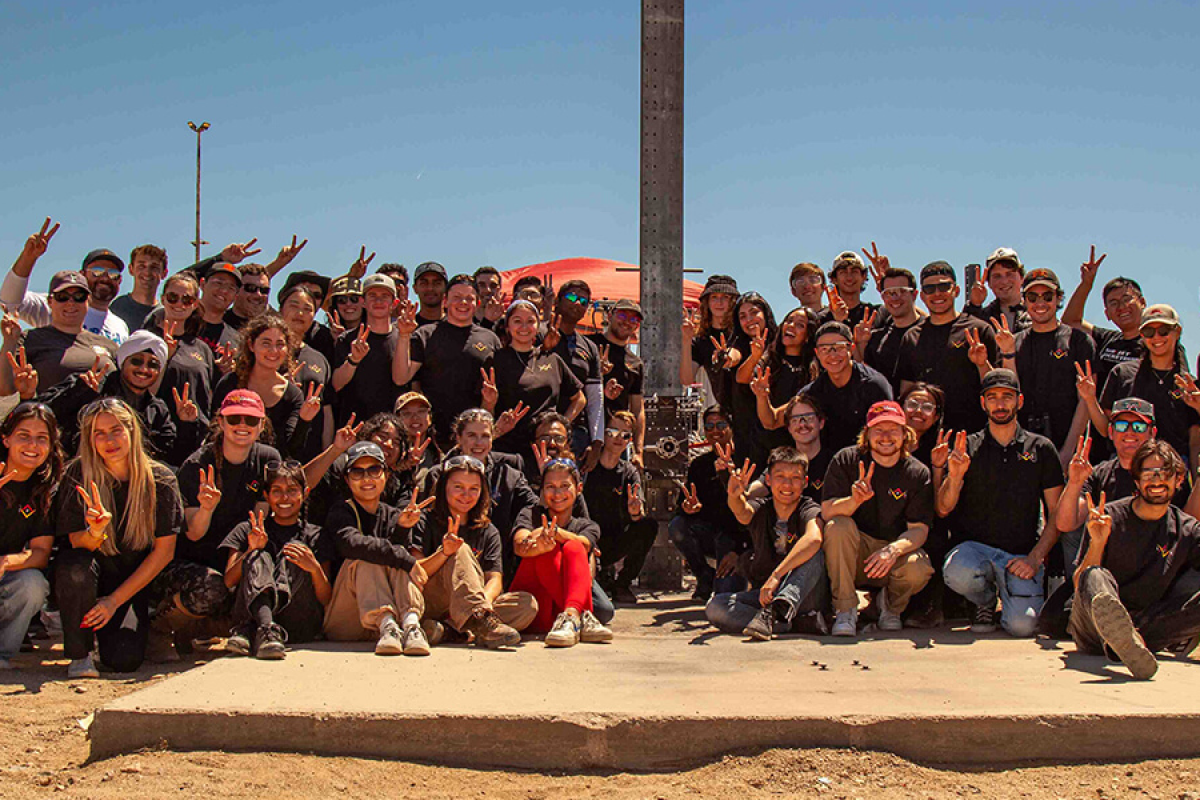The advancement of liquid-fueled rocket technology is a top priority for the space industry, and the student-run Liquid Propulsion Lab (LPL) at the USC Department of Astronautical Engineering is an incubator for training the engineers who will be – and have been – central to this mission. Through the conceptualization, design, manufacturing and testing of industry-grade liquid rocket engines and feed systems, graduate students (and a few stellar undergraduates) have the chance to convert engineering theory into practical experience.
Crucially, liquid propulsion systems are optimized for reuse after firing; no small consideration, given the time-based, economic, and material resources involved in designing, building and launching a rocket. The sustainability of the space industry relies on rocket engine reuse, and LPL keeps pace with the R&D teams at top space companies and Southern California’s thriving aerospace startup culture.
The past year has been a standout series of milestones for LPL, and we caught up with lead engineers Rohin Pathak and Sebastian Bouckenooghe to hear more about the team’s recent successes and future plans.
What do you consider LPL’s most groundbreaking achievement over the past year?
RP & SB: December 2023 marked a watershed moment when we achieved the second successful hot fire of Mike’s Fury, a 3D-printed Kerosene and Liquid Oxygen regeneratively cooled engine. This engine, characterized by its affordability, ease of manufacturing and operational efficiency, represents a significant leap forward in liquid propulsion technology – it’s worth noting that very few student teams have accomplished multiple successful firings of a reusable engine.
